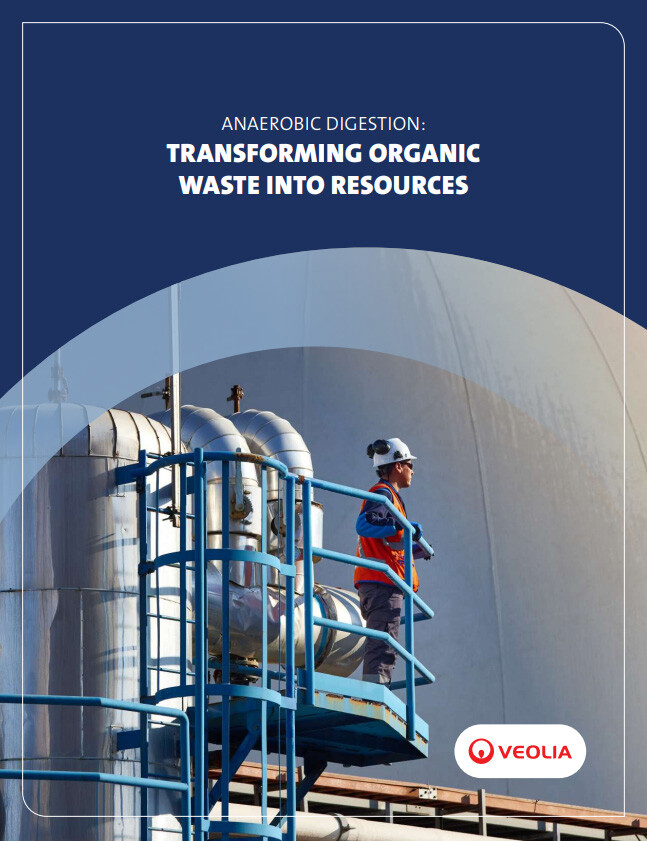Anaerobic digestion (AD) has emerged as a crucial technology in both the industrial (including municipal) and agricultural sectors, offering sustainable solutions for waste management while producing valuable outputs like biogas, renewable natural gas (RNG) and compost. According to the Canadian Biogas Association’s (CBA) 2023 Biogas & RNG Market Report, Canada has 43 agricultural AD facilities compared to 17 industrial AD facilities.
The CBA’s report also stated that between 2020 and 2023, the number of industrial AD facilities in the country (mainly located in Ontario and Quebec) nearly doubled while the number of agricultural AD facilities remained the same. The CBA opined that this development was the likely result for source separated organics processing and an increased interest in purchasing RNG which favoured larger infrastructure.
The following compares these two operational contexts, exploring the potential of development of these facilities across Canada.
Scale and Feedstock Characteristics
Industrial AD operations typically process larger volumes of organic waste, primarily from food processing facilities, municipal solid waste and wastewater treatment plants. These facilities handle more consistent feedstock streams with predictable composition. In contrast, agricultural AD operations work with varying quantities of manure, crop residues and occasional food waste, leading to more seasonal fluctuations in feedstock availability. Depending on the province, there can be restrictions on the percentage of municipal organic feedstocks.
Operational Complexity
Industrial AD systems generally employ more sophisticated technology and automated control systems. They require specialized staff and maintain strict operational parameters for optimal performance. Agricultural operations tend to be simpler, often integrated into existing farm infrastructure, though modern farm-based systems are increasingly adopting advanced monitoring and control systems.

Biogas Production and Quality
Industrial facilities typically achieve higher biogas yields due to optimized conditions and feedstock pre-treatment capabilities. Their biogas often has more consistent methane content (60-65%). Agricultural digesters may experience more variable biogas production and quality (50-60% methane) due to feedstock variations, though well-managed systems can achieve comparable results.
Renewable Natural Gas (RNG) Production
Industrial AD facilities often include sophisticated gas upgrading systems to produce RNG that meets pipeline quality standards (95%+ methane). These operations frequently connect directly to natural gas pipelines for distribution. Agricultural operations may focus more on on-site energy use, though larger farm-based systems increasingly incorporate RNG upgrading capabilities, especially in cooperative arrangements.
Compost and Digestate Management
Industrial operations typically require more complex digestate treatment systems, often producing standardized liquid and solid fertilizer products. Agricultural operations have the advantage of direct land application opportunities, though they must manage seasonal application windows. Both sectors produce valuable soil amendments, but agricultural operations often find easier local markets through existing farming networks.
Economic Considerations
Industrial AD facilities generally require larger capital investments but benefit from economies of scale and more diverse revenue streams (tipping fees, energy sales, RNG credits). Agricultural operations often have lower capital costs but may face more challenging economics unless they can access premium markets for RNG or organic fertilizers.

Environmental Impact
Both types of operations significantly reduce greenhouse gas emissions by capturing methane and displacing fossil fuels. Industrial facilities often achieve larger absolute emission reductions due to scale, while agricultural operations play a crucial role in managing farm-level emissions and improving nutrient management.
Regulatory Compliance
Industrial operations face stricter regulatory oversight, particularly regarding air emissions, digestate quality, and safety protocols. Agricultural operations must comply with farm-specific regulations but generally face less complex permitting requirements, though this is changing as facilities scale up.
Community Integration
Agricultural AD operations often find easier community acceptance as they're viewed as an extension of farming activities. Industrial facilities may face more public scrutiny and require more extensive community engagement efforts, particularly in urban or suburban settings.
Future Trends
Both sectors are seeing increased integration of advanced monitoring systems, improved gas upgrading technologies, and innovative digestate processing methods. The distinction between industrial and agricultural operations is blurring as farm-based systems scale up and industrial facilities seek more diverse feedstock sources.
While industrial and agricultural AD operations share core biological processes, they differ significantly in scale, complexity, and operational focus. Industrial facilities excel in processing efficiency and consistent output quality, while agricultural operations offer better integration with existing farming systems and easier digestate management. Both play vital roles in the renewable energy transition and sustainable waste management landscape, with increasing convergence in technology and operational sophistication.



